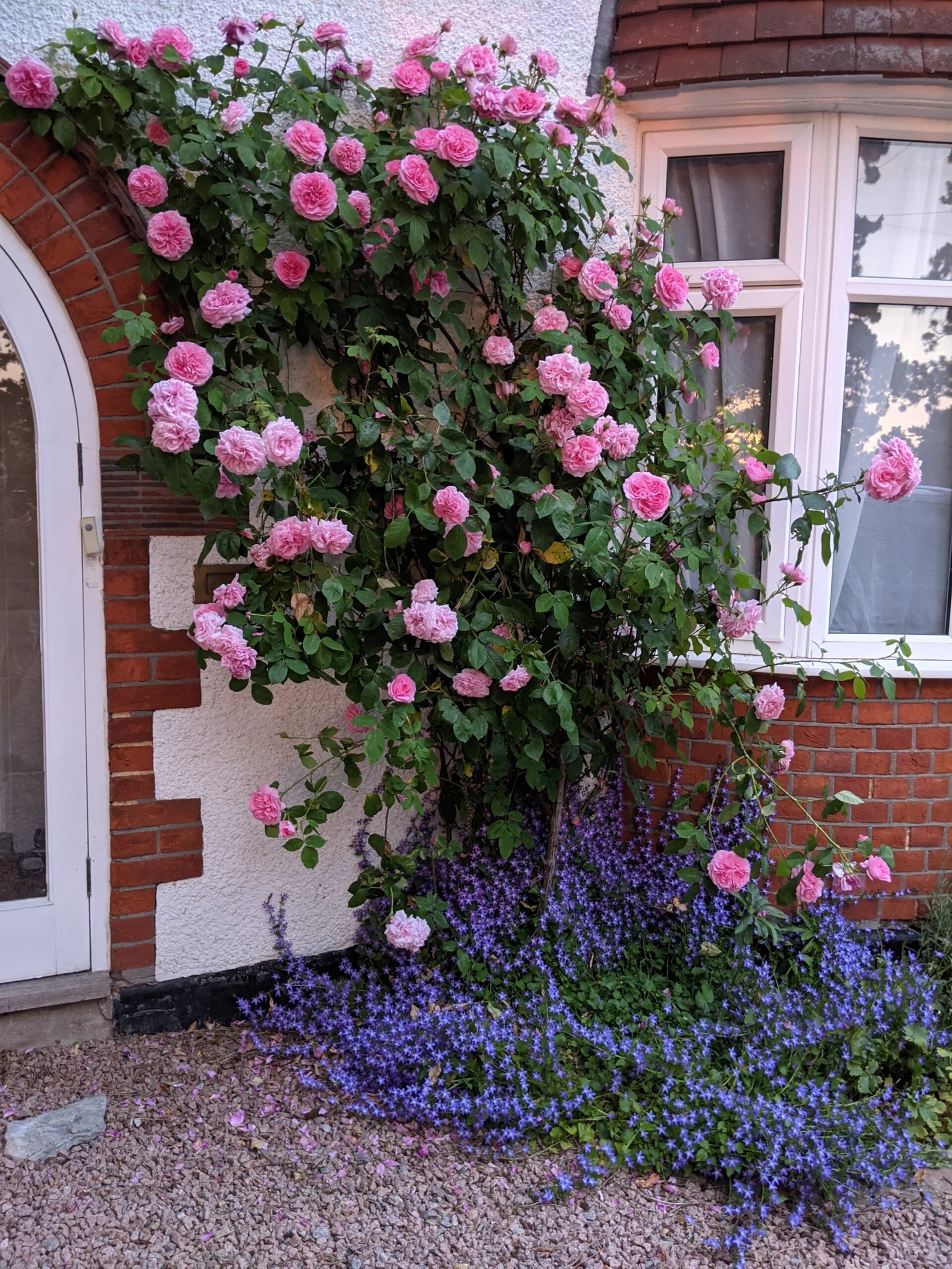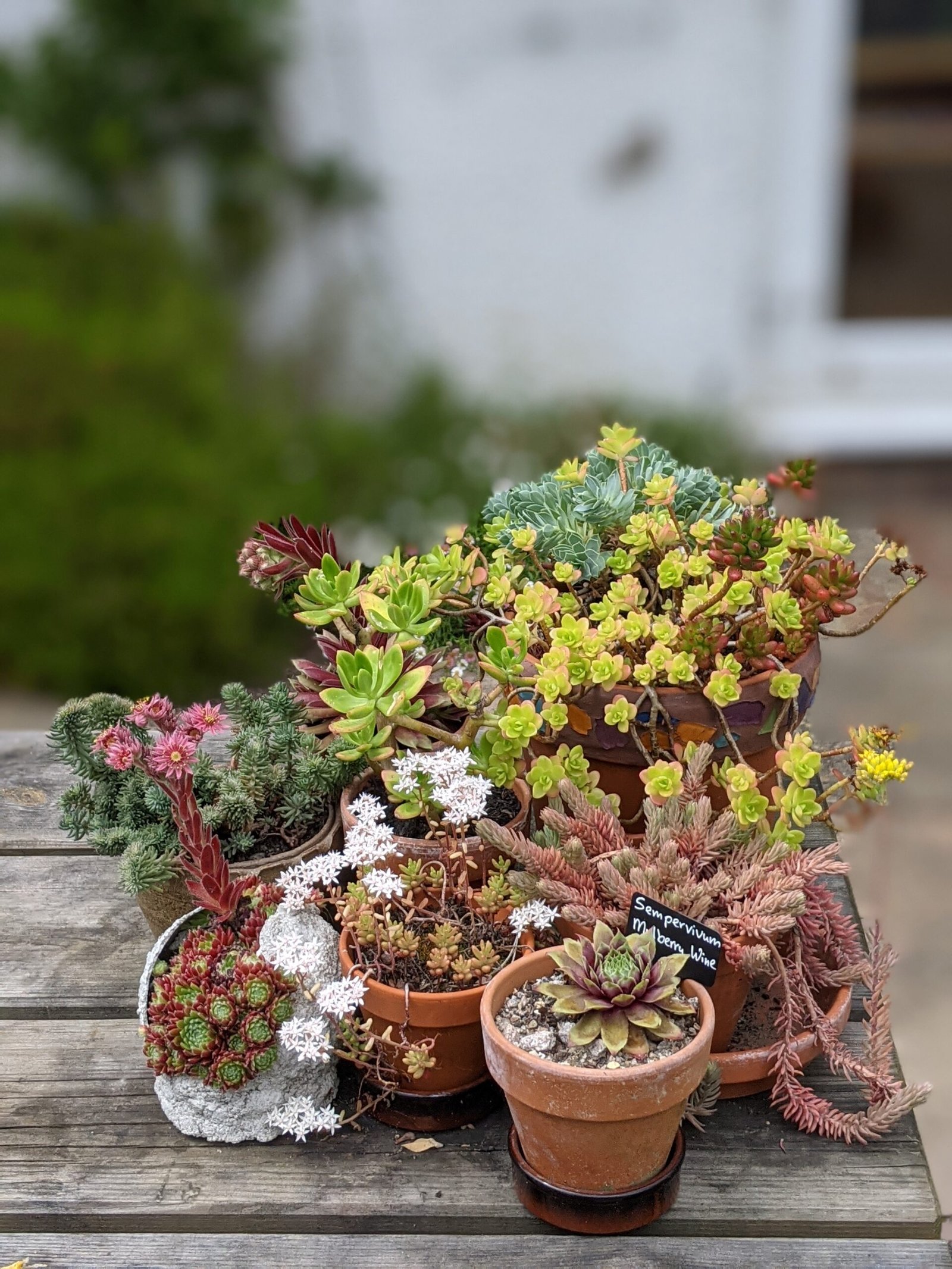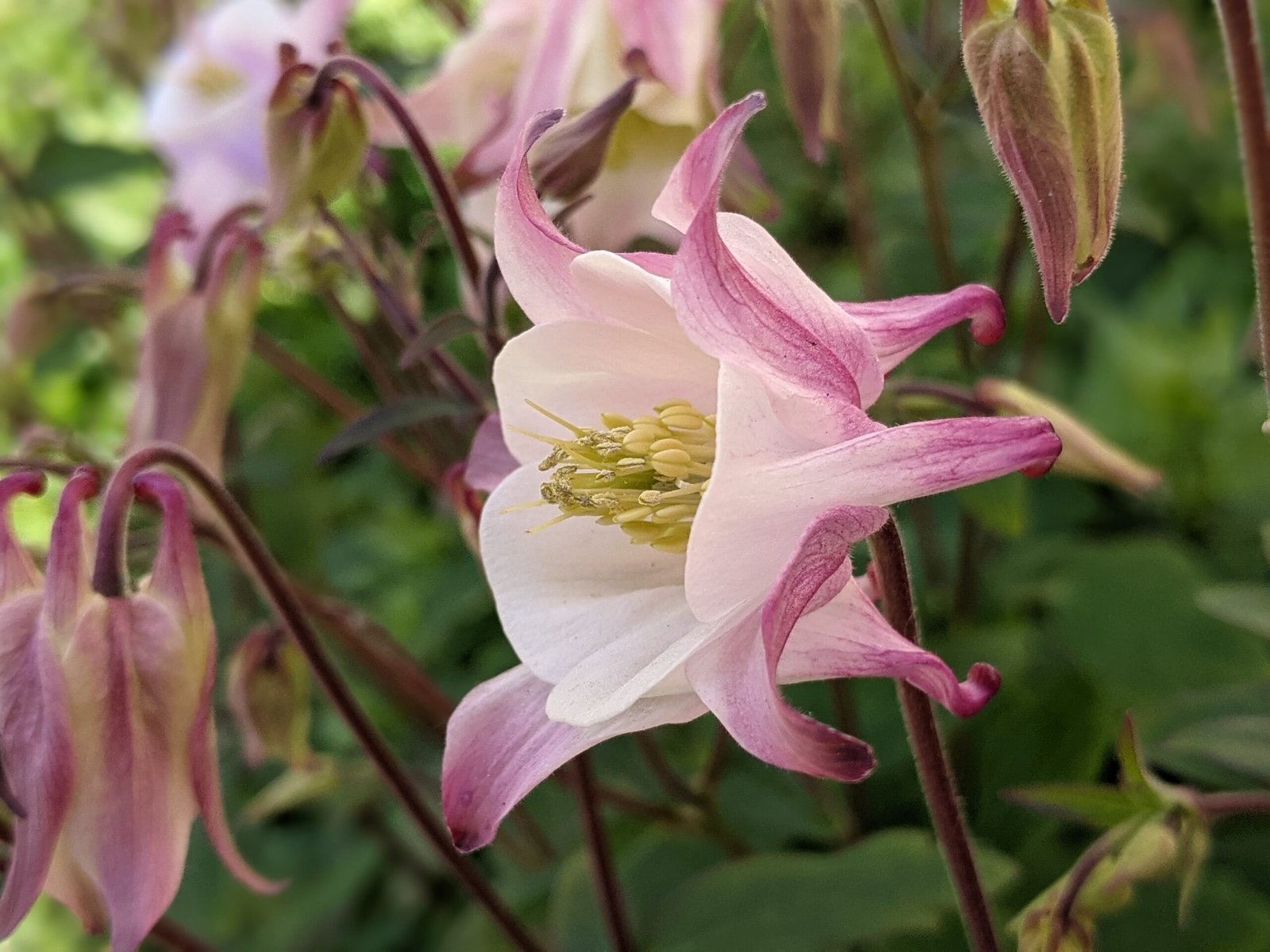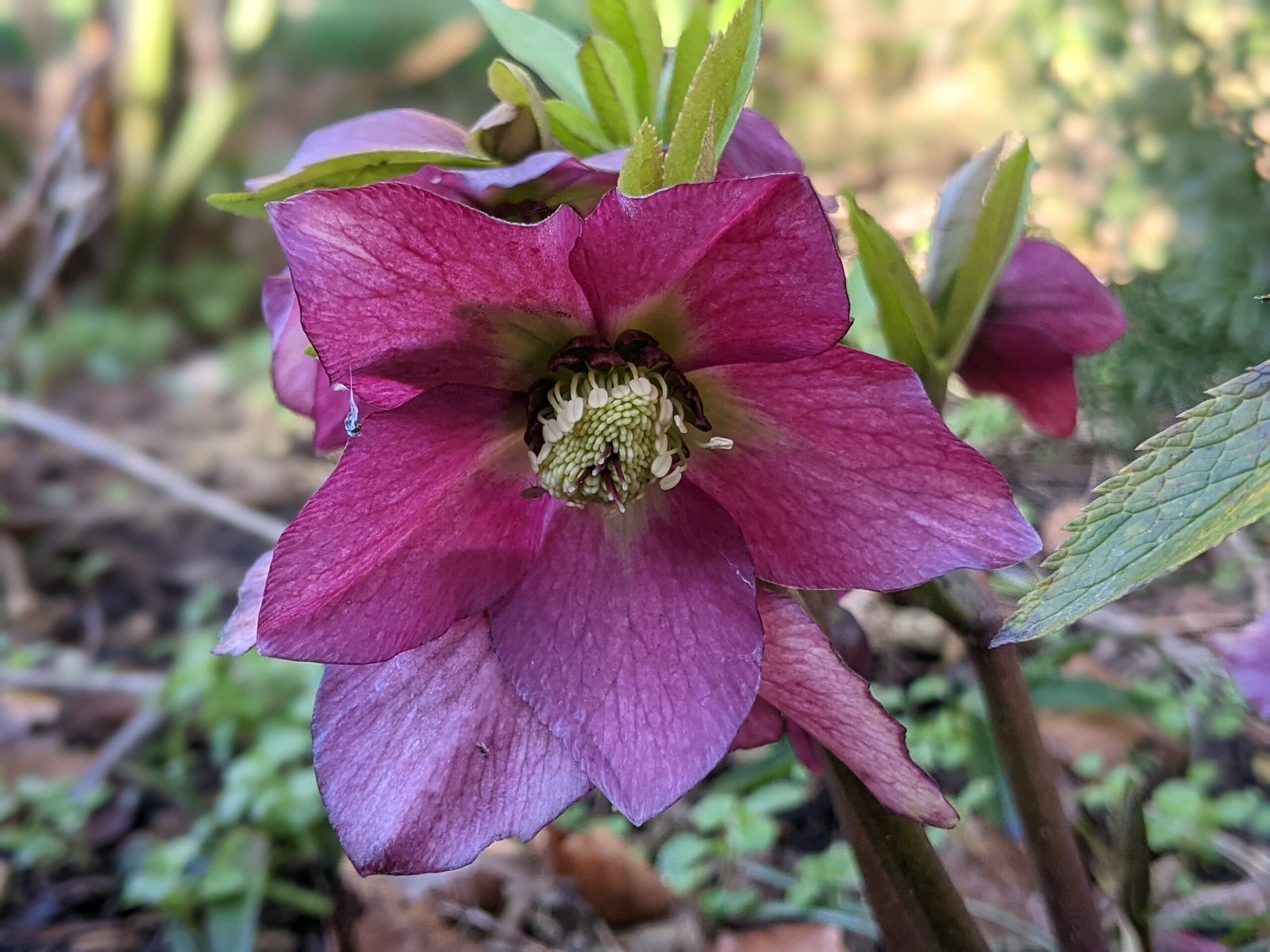There are many ways in which you can garden for both the planet and yourself. Here are 7 easy things that you can do that may also save you some money!
1. Have a garden full with plants
Insects are so much in decline that it is often described as the insect apocalypse. Apart from the fact that pollinators like bees are incredibly important for our crops, without insects there would be few birds or even bats. Insects need plants, so put as many plants as you can in your garden: pots on your terrace, climbers against your house, have a border with shrubs and flowers, a hedge instead of a fence or put a hedge against the fence and grow a tree (or two). Some plants are more beneficial than others, but in principle all plants have more use for wildlife than no plants and all plants soak up greenhouse gasses.

2. Leave the chemicals
Early spring there are often a lot of aphids, but rather than use a spray, just grab the hose. Spraying them is unlikely to kill all of them and it also harms their predators like ladybirds, hoverflies and bluetits. Hosing them off with water will make the aphids drop to the ground and they will not be able to climb back up. For many garden problems there is often a non-chemical solution that works just as well. Nobody enjoys slug-hunting at night, but it is still the best way to get rid of the one that eats your plant and leave the useful one that eats the debris (and cat poo).
3. Buy peat free compost
Peat free compost is widely available these days. Sometimes it’s a bit more expensive, but often not even so. Ecologists have described the mining of the peatbogs as worse than chopping down the Amazon. Peat bogs grow at a rate of 1-2mm per year, but we harvest around 20cm each year, in other words, a century’s worth of peat! As such it is not sustainable; we destroy a habitat for many rare flora and fauna and release an enormous amount of stored carbon. We have gardened for centuries without using peat in our pots, so really, we can do without again. Just make sure that all compost you buy says “peat free” on the bag. If it doesn’t specify it, it contains peat.
4. Reduce your annual plants
Red geraniums (pelargoniums) are one of my favourite summer flowers. Did you know that you can overwinter them in the garage or porch and that the next year they will give a terrific display again? Annual bedding plants are lovely and you may want a few pansies for the winter, but all those plants require a lot of transport, water and plastic before they arrive in your garden. Instead or in addition, you can look for plants that can be overwintered or ones that provide year-round interest such as sempervivums (houseleeks) whose flowers are gorgeous and loved by bees. There are some miniature clematis, herbs, citrus fruit and other perennials that look great in a pot all summer or even longer like Mexican fleabane (Erigeron karvinskianus) which flowers till November. All these will do the same the following year.

5. Make your garden accessible to hedgehogs and other wildlife
Hedgehog numbers have decreased 46% in the past 13 years and hedgehogs have now sadly made it onto the IUCN (International Union for Conservation of Nature) red list for the UK. One of the reasons is habitat fragmentation. All our fences and inaccessible gardens make it difficult for hedgehogs to roam and find their food. A hedgehog doesn’t need much of a gap to squeeze through, just 13 x 13cm, the size of a CD. This allows them to make their kilometers long rounds to find food at night. Plus, toads, frogs and newts will also be able to move from one garden to the other.

6. Don’t be too tidy
Insects and other animals like hedgehogs and amphibians need hideaways and many also a place to overwinter. Your spent flowers often contain seeds that will be loved by goldfinches and other birds. Therefore, don’t cut off the stalks of your hollyhocks immediately after flowering and let leaves gather under some shrubs. At the end of the winter you may want to have tidied up and of course you may not be able to do it all in March. One approach could be to do just a little bit each of the winter months, rather than do everything in November.
7. Exchange plants with neighbours and friends
There are numerous amazing nursery owners and plant growers who use peat free compost and do not spray their plants with systemic insecticide. Please do support them. Unfortunately, a lot of plants are also mass-produced, grown in peat, sprayed with insecticide that will negatively affect pollinators and grown in greenhouses until it appears on your garden centre’s sales bench. It will get a shock when put in your garden and thus may not thrive at all. A greener alternative is of course to grow plants from seeds, buy plug plants that you further raise yourself before planting them out, or simply, exchange plants with friends and neighbours. What grows in their garden, will probably grow well in yours too. It’s unlikely that they have sprayed their plants to the hilt; more likely is that they haven’t used a single chemical. And it’s free!


